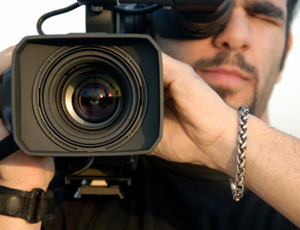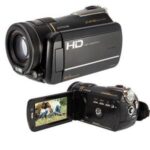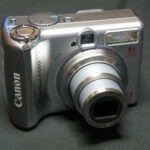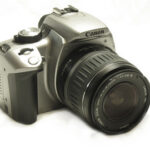People spend hundreds of dollars on software to edit digital video movies. The relative expense of these video software editing programs can be misleading. The better the software will not necessarily make your final movies any better because the most essential (and easily controllable) variable is the way you use the camera while taking the raw footage! Making great home movies isn’t that hard. A few basic tips. if followed regularly, can improve both the quality and watchability of your home movies tremendously – even if you are using the cheapest software for producing them that money can buy!
Video editing software is marketed so as to get consumers to believe that it is the product – the video editing software – that will make the difference between making a good home movie and one that isn’t as good. This is simply not true. Of course, there ARE real differences in the software and in what you can do with the programs. Making great home movies DOES have something to do with your software and your skill at using it, but it is simply not what matters most. You cannot expect, for example, to be able to perform editing tricks with a $30. low-end or no-name program that you might be able to achieve with a full version of Adobe’s Premiere video editing program. Video editing programs can be quite simple or incredibly complex and often, home video makers, spend hours reading the manuals and studying the user interfaces to try to get comfortable with them. This does certainly help – but all of it won’t make a good home movie out of poorly shot scenes.
However, to a piece of old folk wisdom, “You can’t make a silk purse out of a sows ear.” If the raw footage is badly taken, no program will make a good movie out of it. If the raw footage for your home movies is carefully shot, even a cheap program may well be able to produce a completely satisfying result. The following tips are not automatically intuitive to many camcorder users, but apply to all of us – whether we are using the cheapest or most expensive equipment and software money can buy.
Keep Your Shots Short
The most common mistake made by novice vidiographers is that they behave as if they are making a feature film. Home movies are to collect memories and help sustain them. To so this, they need to be able to hold the attention of the people watching them. As a rule of thumb, shots longer that 45 – 60 seconds are probably too long. A home movie that compiles, in a logical order (any editing software can be easily used to order the shots you have taken), a series of brief clips is the most effective, the most fun to watch and, generally, the most appreciated by those who have agreed to look at them. This experience falls into the category of a Great Home Movie! Leave the lingering long shots to the pros who are creating moods and get paid whether or not the audience is bored to tears.
Keep The Entire Movie Short
Although a DVD-R or DVD+R will hold up to two hours of good quality video – DON’T DO IT. A reasonable standard for a great special event home movie is under 30 minutes. I have some that are five minutes long that are some of the family favorites. Media is cheap enough, these days, that the length of the movie should have nothing whatever to do with the capacity of the media.
Keep Camera Motion Minimal
The best and easiest to watch clips come from cameras in fixed positions. Every time the camera is moved, some jerkiness shows on the finished product. Your home movies will go from good to great if you resist the temptation to be a ‘roving’ camera person. Great home movies do not challenge the brains and eyes of the viewers to keep up with the eyes and hands of the camera operator. On the contrary, great home movies are easy and fun to watch!
If You Must Move, Do It S…L…O…W…L…Y
Fast changes are distracting and difficult to follow. This principal applies to all types of camera motion: physically moving the position of the camera while shooting, panning (moving the camera from side to side to capture a broader perspective,) or zooming in or out. Fast, abrupt shifts in any or all of these ways can cause your home movie to be unwatchable – even possible headache producing for your viewers. Great home movies leave the motion to the subjects, not to the camera. As often as possible, leave all of the motion to your subjects while you keep the camera as still as you can, and if movement is necessary, always do it sparingly and slowly.
Avoid “Art” Shots
Remember the goal – To capture and preserve family memories. The creation of art is a different activity. Trying to mix and match them, more often than not, leads to an unsatisfactory result that is apt to mystify (at best) and thoroughly bore (at worst) your audience of people who want to see and enjoy watching themselves or others about whom they care. Finally,
Be Prepared To Dump Your First Efforts
They may or may not be worth keeping. There is a learning curve to most things, including the video capturing of personal and family events. If your first effort doesn’t look the way you want it to, either do it again – or keep it, remember what you didn’t like about it – and do something correctively different next time! No photographer with his/her first camcorder is perfect “right out of the box.” Great home movies are not usually first efforts. It takes practice, experimentation and time to learn to get your home movies down so that everyone who watches them can and will enjoy your work!
Hoping this has been of some help to both new and experienced home video makers.







